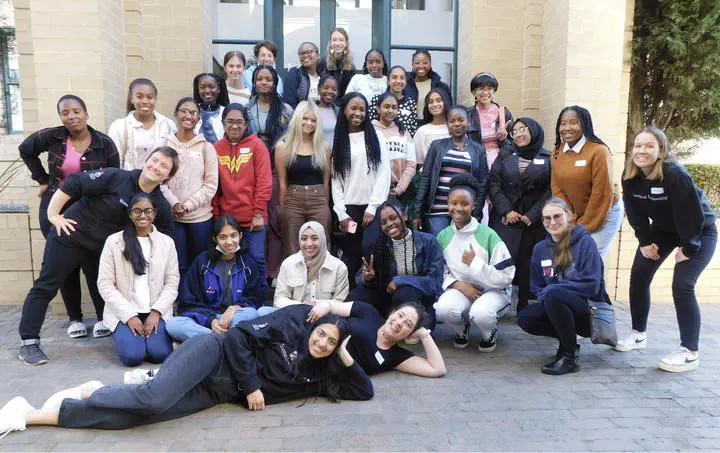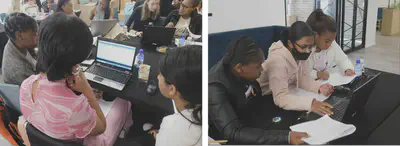 Tanganani Mugivhi
Tanganani MugivhiAbstract
This event introduced girls between the ages of 15 and 18 to the world of biomedical engineering through interactive presentations, group discussions with qualified engineers, video demonstrations, an in-depth Q&A session, and a hands-on microcontroller programming exercise to analyse photoplethysmography signals. Within my role as presenter, educator, coordinator, and facilitator - I was responsible for ensuring that the workshop ran smoothly while still delivering the workshop content. The workshop ran over a 4-hour period over which I presented to the group of 30 girls, assisted with the volunteer discussions, ran the coding solution development, and provided directed assistance to the girls during the coding activity.

The day kicked off with the arrival of my dedicated team of volunteers (Sansha Gupta, Victoria Bench, Alice Drozdov and Sharon Evans) to assist in the setup for the day. Their role throughout the day was to assist in the running of the discussion groups, answer the participants’ questions, provide flash mentorship within the program, and provide technical support during the coding activity.

My primary role throughout the day was the delivery of the workshop content. This took the form of a 4-hour-long presentation divided into different sections such as discussing what an engineer is, what a biomedical engineer does, and what makes for a good engineer. Embedded within my presentation delivery was the facilitation of discussion groups.

The discussion groups took the form of brainstorming possible problems within the biomedical space that the girls may have encountered in their lived experience or may have an interest in solving.

The highlight of the event, however, was the coding activity. This activity required the girls to learn how to use the Adafruit Circuit Playground Classic MCU Development Board 3000 and the Arduino IDE to read their photoplethysmography signal.